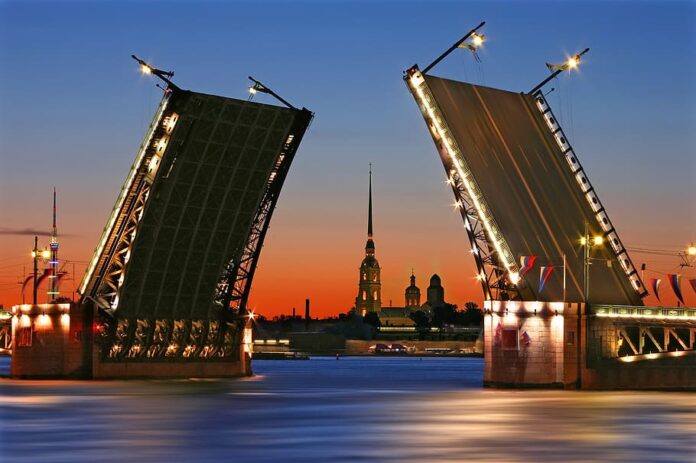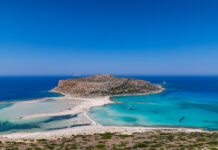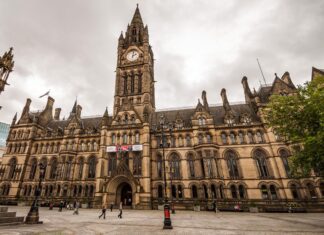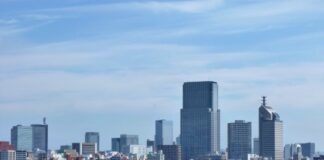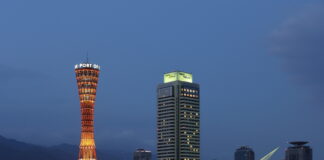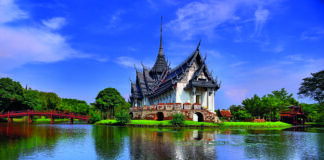Food
Known for its rich history and culture, St. Petersburg also delights its visitors with various local and international culinary delights. The city offers something for every palate, from hearty traditional Russian fare to upscale international cuisine.
Start your culinary exploration with Borsch, a beetroot soup often served with a dollop of sour cream, or Pirozhki, small baked or fried buns stuffed with various fillings. A trip to St. Petersburg would only be complete with trying Blini, thin Russian pancakes often served with caviar, jam, or sour cream.
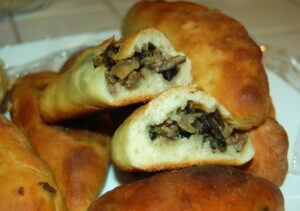
The city is also known for its high tea culture, so visit one of the many elegant tea rooms for an authentic Russian tea experience.
Culture
St. Petersburg recognized as Russia's cultural epicenter, is renowned for its classical ballet, opera, theatre, and rich literary heritage. The city has inspired countless artists, musicians, and writers, including Dostoyevsky and Tchaikovsky.
St. Petersburg is a living museum with architectural gems around every corner. From baroque and neoclassical to Russian Revival, the city's architecture is a testament to its past.
Travel Tips
- Getting Around: St. Petersburg has an efficient public transport system, including metro, buses, trams, and taxis. River cruises are a popular way to see the city during the warmer months.
- Language: The official language is Russian. While younger generations and those working in tourism may speak English, it must be more widely spoken among the older population.
- Safety: St. Petersburg is generally safe for tourists, but it's always important to remain vigilant, especially in crowded areas or at night.
- Best Time to Visit: The best time to visit St. Petersburg is during the "White Nights" in mid-June when the city experiences nearly 24 hours of daylight.
- Tipping: Service charges aren't standard in Russia. A 10-15% tip of the bill is customary in restaurants if you're satisfied with the service.
Interesting Facts
- The city was known as Petrograd from 1914 to 1924 and Leningrad from 1924 to 1991.
- Every year, St. Petersburg hosts the White Nights Festival, an annual international arts festival during the midnight sun season.
Top Places
- The Hermitage Museum: Home to more than three million works of art and global culture artifacts.
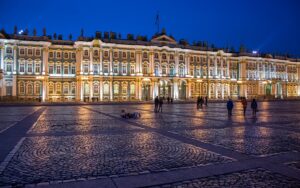
- Peter and Paul Fortress: The initial stronghold of St. Petersburg, established by Peter the Great in 1703.
- Peterhof Palace: Frequently dubbed the "Russian Versailles," the compound is distinguished by its breathtaking gardens and water fountains.
- Church of the Savior on Spilled Blood: This iconic landmark was built on the site where Emperor Alexander II was fatally wounded.
- Nevsky Prospekt: The city's main avenue, filled with shops, cafes, and architectural landmarks.
From its ornate palaces and vast museums to the famous White Nights, St. Petersburg offers a truly unforgettable cultural experience. Enjoy the city's visual and culinary feast as you return to Russia's imperial past.

